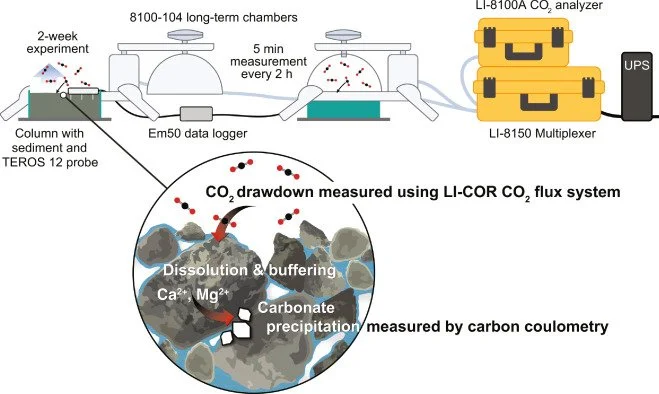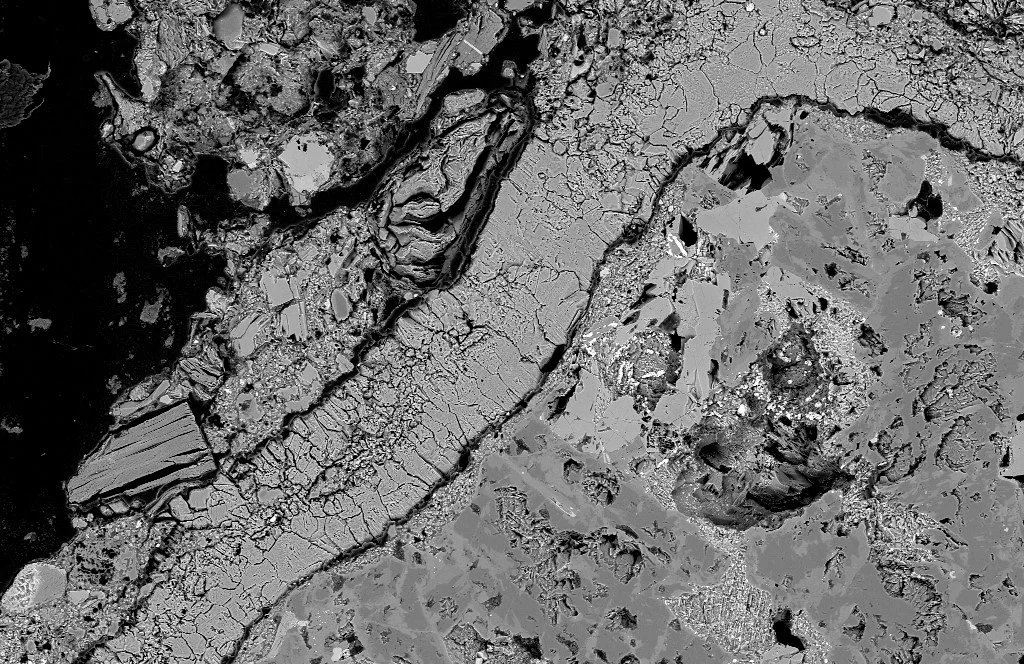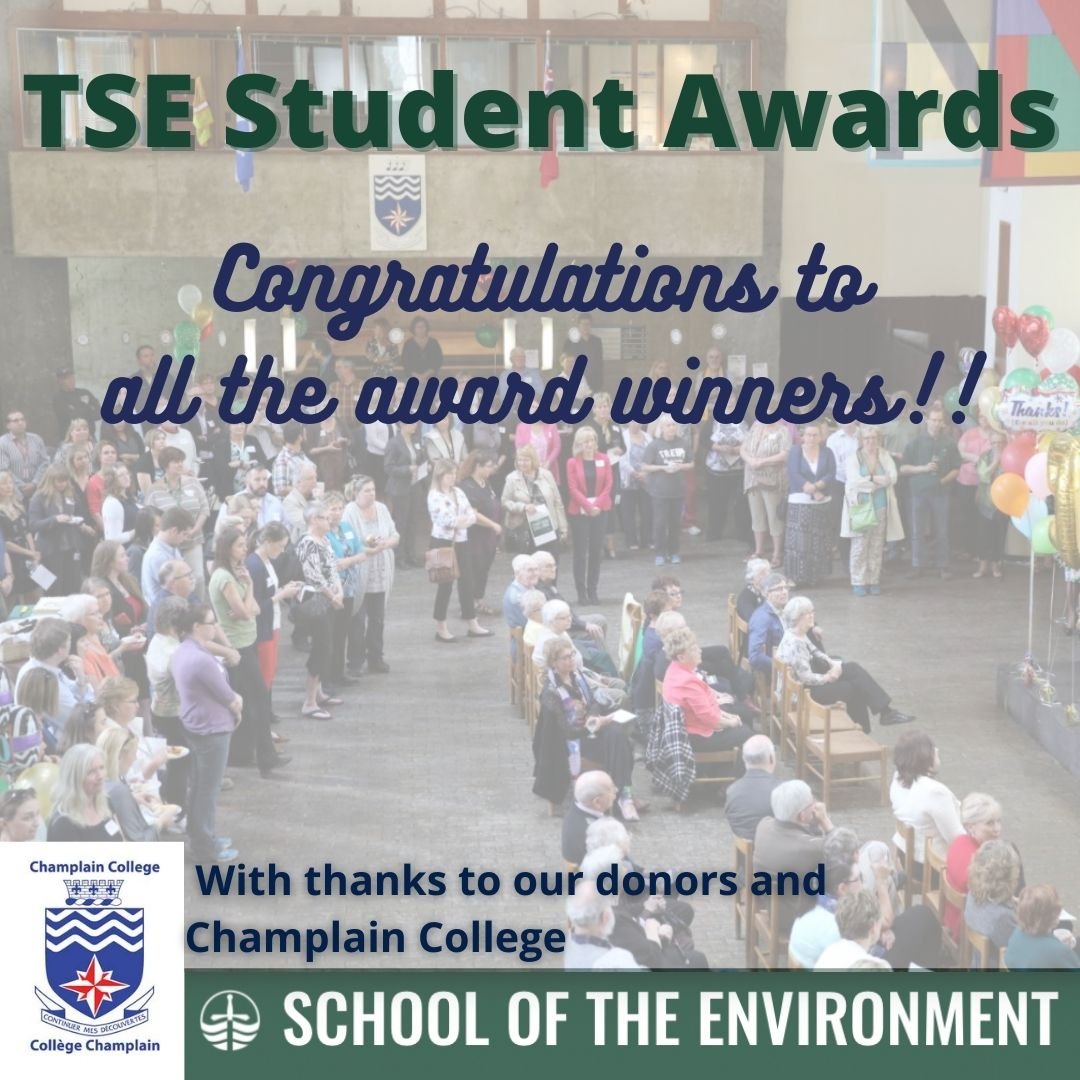The PowerGeolab had a fantastic day monkeying around at TreeTop Trekking: Ganaraska! Obstacles, zip lining, and a few near misses!
Justin at EGU!
Justin attended the EGU General Assembly in Vienna, Austria, presenting his research on mineral carbonation and cementation within ultramafic mine wastes. Researchers from institutions around the world attended to discuss a wide range of topics across the earth, planetary, and atmospheric sciences. A huge thanks to the organizers and session conveners for putting on an excellent conference!
New Publication: MgO Carbonation Rates
In a study led by Kwon Rausis, we quantified the rates of CO2 removal using MgO powder and clarified the reaction pathways, products, and rate limitations. MgO rapidly removes atmospheric CO2 from the atmosphere, but its carbonation is limited by CO2 supply. The magnesium carbonate dypingite is the carbonation product that has a low calcination temperature, making looping more energy efficient. You can read about our work in the International Journal of Greenhouse Gas Control.
Congratulations Justin, Zivi, and Lance!
Congratulations to Justin for being award an Ontario Graduate Scholarship! A well deserved award to a very hard working student.
Congratulations to Zivi for being awarded a Trent School of the Environment Undergraduate Research Internship. This award provides funding to outstanding and talented TSE undergraduates to pursue their research ambitions in the summer, leading to an honours thesis.
Congratulations to Lance for being awarded an NSERC Undergraduate Student Research Award. This award is highly competitive and provides funding for super undergraduate students.
The PowerGeolab is lucky to have these two fantastic students. I’m looking forward to seeing all the awesome things you’ll accomplish!
New publication from Amanda Stubbs!
Direct measurement of CO2 drawdown in mine wastes and rock powders: Implications for enhanced rock weathering published in the International Journal of Greenhouse Gas Control.
An excellent publication authored by Amanda Stubbs, Carlos Paulo, and our colleagues at the University of Alberta, Sasha Wilson, Baolin Wang, and Nina Zeyen. For her Master’s thesis, Amanda carried out many experiments measuring CO2 drawdown into rock powders and kimberlite mine wastes using LI-COR CO2 flux system. She tested a range of rock types while tracking changes in moisture and analyzing many samples for total inorganic carbon. Her paper will interest folks working on negative emissions technologies, particularly enhanced rock weathering and CO2 mineralization within mine wastes. Great job, Amanda!
Teanna and Justin at AGU!
Teanna and Justin attended the American Geophysical Fall meeting (virtually) as part of a reading course to learn more from the broader geoscience research community! Teanna also presented on her research about biosignature preservation within calcium and magnesium carbonate minerals. She has characterized samples from four terrestrial analogues including Lake Salda, Lake Alchichica, Atlin Mg-carbonate playas, and Clinton Creek asbestos mine. Her research demonstrates the importance of mineralogical controls on biosignature preservation with implications for NASA’s Perseverance mission at Jezero Crater on Mars!
Lab Holiday Social
The lab had a great time bowling and shooting pool for a holiday social gathering. Congratulations to Duncan for doubling everyone else’s bowling score!!! And congratulations to Kwon, Justin, and I for going late into the night. Great to have everyone out, Happy Holidays to all!
Cementing mine waste with minerals!
Justin (M.Sc. student) is busy characterizing cemented ultramafic mine waste and conducting experiments to understand cementation processes and enhance CO2 storage and tailings stability. In the first phase of his research, Justin will carry out a comparative study of cemented kimberlite and serpentinite mine wastes, using physical, mineralogical, and geochemical analyses to provide valuable insight into the formation pathways of the minerals that cement these wastes. Secondly, he will use cylindrical and column experiments to evaluate the effectiveness of practical approaches of coupling organic and inorganic carbon cycling on accelerating the carbonation and cementation of brucite-bearing ultramafic wastes. This research will provide crucial knowledge towards understanding long-term weathering and developing novel approaches to accelerating this process to sequester CO2 and stabilize ultramafic wastes!
TSE Award Winners!
The Trent School of the Environment Awards Ceremony was this evening. Congratulations to Justin, Teanna, and Zivi on their awards! All three picked up a J.P. Bickell Foundation Scholarship in Mining. Zivi took home the top Environmental Geoscience First Year Award! Amazing, proud to have these superstars in the PowerGeolab!
Innovation for Cool Earth Forum (ICEF)
The Innovation for Cool Earth Forum (ICEF) Roadmap on Carbon Mineralization is now available, it was officially announced and presented at COP26 in Glasgow. I grateful for the opportunity to contribute to this document and work with this team! An excerpt from the Enhanced Rock Weathering chapter I wrote:
“Enhanced rock weathering (ERW) involves dispersing ultramafic or mafic rock powder over large areas, such as agricultural fields. Calcium‐ and magnesium‐bearing minerals in the rock powder then react with atmospheric CO2, trapping the CO2 in groundwater and solid carbonates.
ERW offers gigaton‐scale capacity to capture and permanently store CO2. The main advantages of ERW are the simplicity of the approach, consistency with current mining and agricultural practices, and co‐benefits that may include improved soil fertility in some areas. The main challenges of ERW are the lack of widely accepted methodologies for determining CO2 removal rates and concerns about environmental risks from accumulation of metals, including nickel and chromium.”
Visit the Innovation for Cool Earth Forum website















